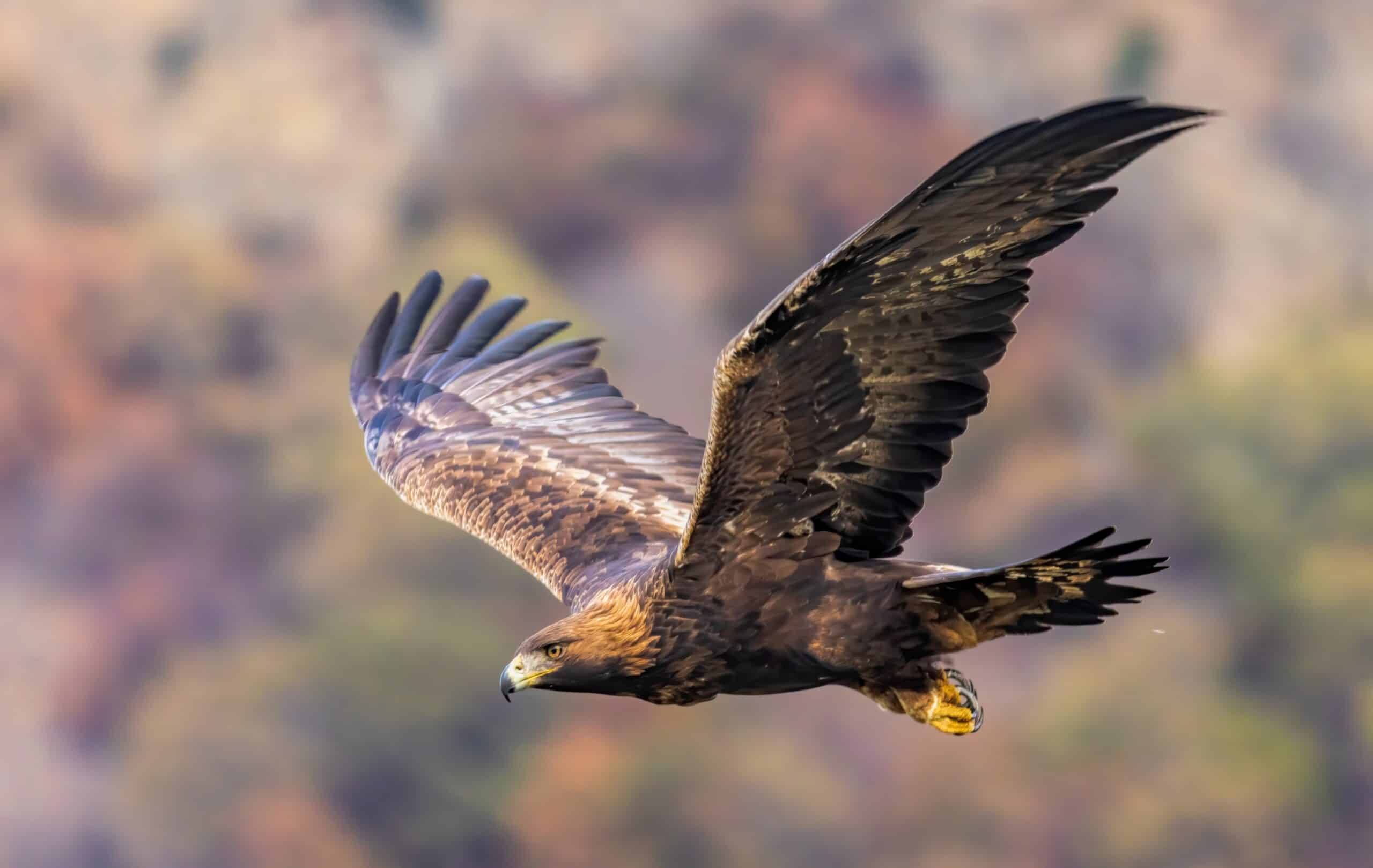Invertebrates are some of the most adaptable and resourceful creatures on Earth, developing unique survival skills to thrive in diverse environments. From complex camouflage to explosive defense mechanisms, these creatures have evolved extraordinary abilities that help them evade predators, catch prey, and survive extreme conditions. Whether it’s the cunning of a trapdoor spider or the resilience of a tardigrade, their methods are as fascinating as they are effective. This list highlights some of the most spectacular invertebrates and their amazing survival strategies.
Peacock Mantis Shrimp
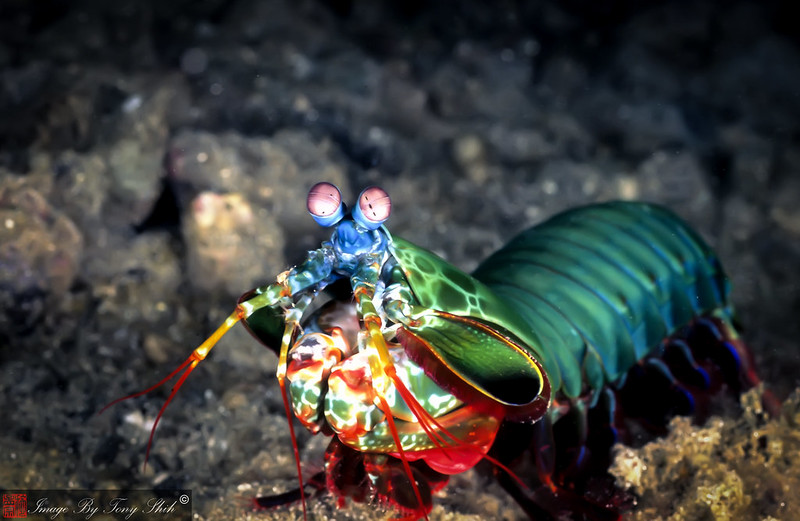
This vibrant marine predator uses its powerful claws to punch at speeds of 50 mph, cracking open shells of prey. Its eyes are among the most complex in the animal kingdom, capable of seeing polarized light and 12 different color channels. This ability helps it detect prey and predators with incredible precision. The mantis shrimp’s punch generates enough heat to cause a tiny explosion, known as cavitation. Amazingly, they can deliver these strikes without damaging their own limbs.
Tardigrade (Water Bear)
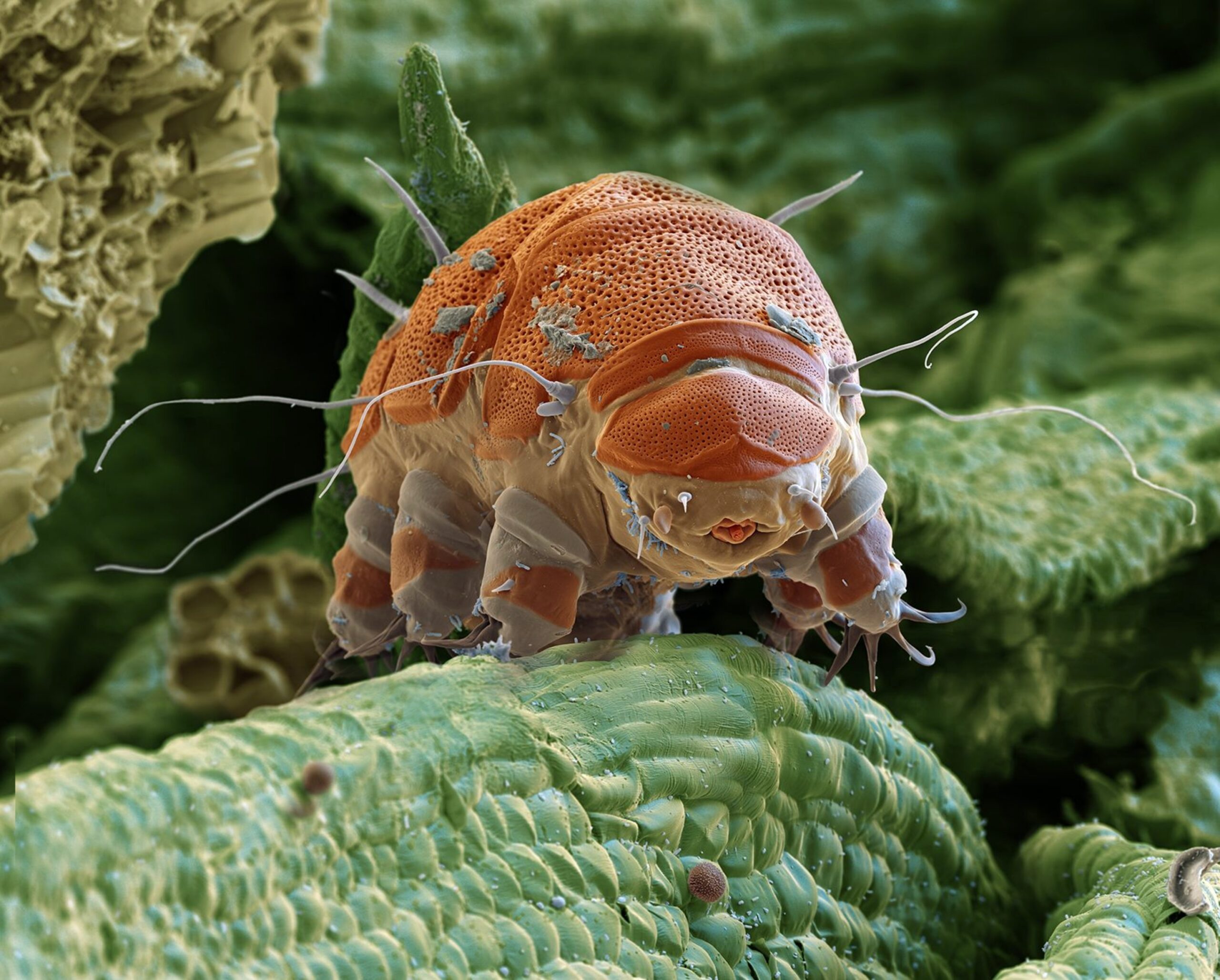
Tardigrades are microscopic creatures renowned for their extreme survival abilities. They can endure freezing temperatures, scorching heat, radiation, and even the vacuum of space by entering a state called cryptobiosis. In this state, tardigrades lose almost all their water content and slow their metabolism to almost zero. Once conditions improve, they rehydrate and return to normal functioning. Their resilience makes them one of the hardiest creatures on Earth.
Octopus
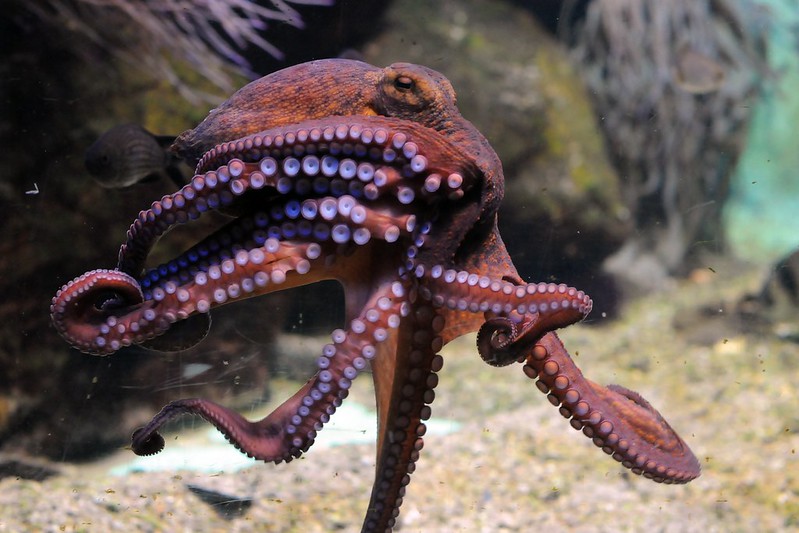
Octopuses are masters of camouflage, capable of changing both their color and texture to blend seamlessly into their surroundings. They use this skill not only to evade predators but also to ambush unsuspecting prey. In addition, their intelligence allows them to solve puzzles, escape enclosures, and even use tools. Some species can regrow lost arms, an essential survival trait in the dangerous underwater world. Their combination of physical and cognitive adaptability is unmatched in the animal kingdom.
Trapdoor Spider
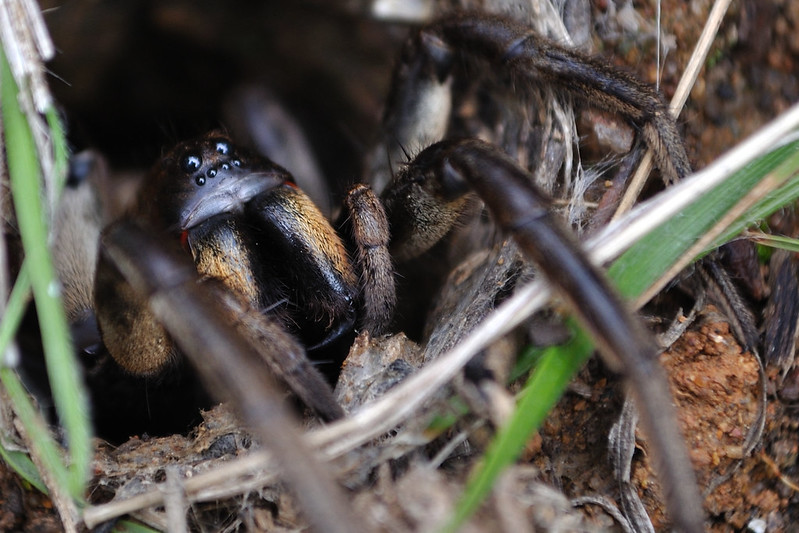
The trapdoor spider constructs burrows with a hidden, hinged door made of silk and debris. It waits patiently behind this door for unsuspecting prey to pass by, then lunges out to capture it. Their ability to remain motionless for long periods helps them conserve energy and avoid detection. Trapdoor spiders also have venomous fangs that subdue their prey almost instantly. Despite their fearsome hunting method, they are reclusive and rarely seen in the open.
Bombardier Beetle
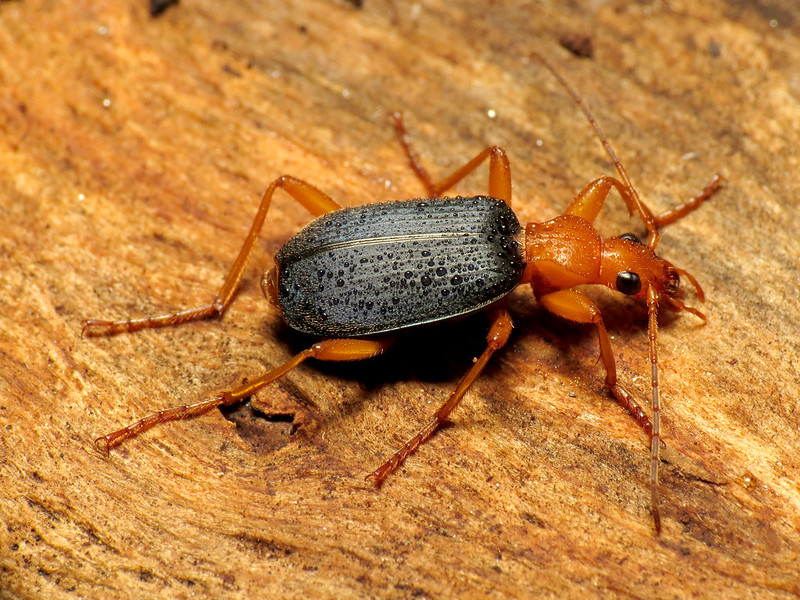
Bombardier beetles have a unique chemical defense system that allows them to shoot boiling, noxious liquid at predators. The beetle mixes two chemicals in a special chamber inside its abdomen, which react to create a violent burst of heat and pressure. This reaction is so intense that it produces an audible pop, startling predators and giving the beetle a chance to escape. The liquid can burn and irritate, making this small insect a formidable opponent. Their explosive defense mechanism is a marvel of natural engineering.
Velvet Worm
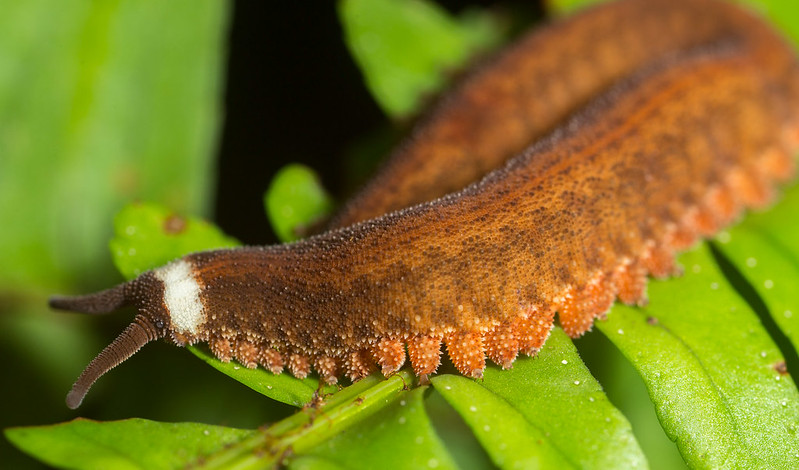
Velvet worms, with their soft, segmented bodies, have a surprising and effective hunting technique. They use specialized glands to shoot sticky slime that immobilizes their prey, allowing them to approach and inject digestive fluids. This slime hardens upon contact, trapping the prey in place. Velvet worms can hunt creatures much larger than themselves using this method. Their predatory prowess has remained virtually unchanged for millions of years, making them living fossils.
Leafcutter Ant
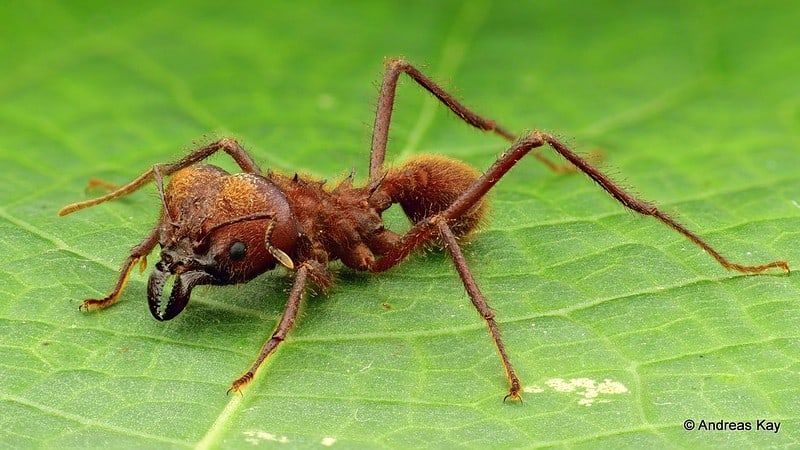
Leafcutter ants exhibit one of the most impressive examples of teamwork in the insect world. They cut pieces of leaves and carry them back to their nests, where they use the leaf matter to cultivate a specific type of fungus that serves as their food source. The ants carefully tend to their fungal gardens, removing any harmful mold or debris. Their symbiotic relationship with the fungus has allowed them to thrive in diverse environments. Leafcutter ants’ organization and resourcefulness are key to their survival.
Jellyfish (Immortal Jellyfish)
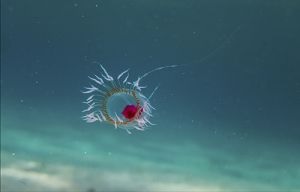
The immortal jellyfish, Turritopsis dohrnii, has the extraordinary ability to reverse its life cycle, essentially allowing it to escape death. When injured or facing harsh environmental conditions, it reverts back to its juvenile form, starting life anew. This process can theoretically continue indefinitely, making it biologically immortal. While this jellyfish is not invincible, its ability to sidestep the aging process is unparalleled in the animal kingdom. Its survival strategy highlights nature’s ingenuity in dealing with mortality.
Pistol Shrimp
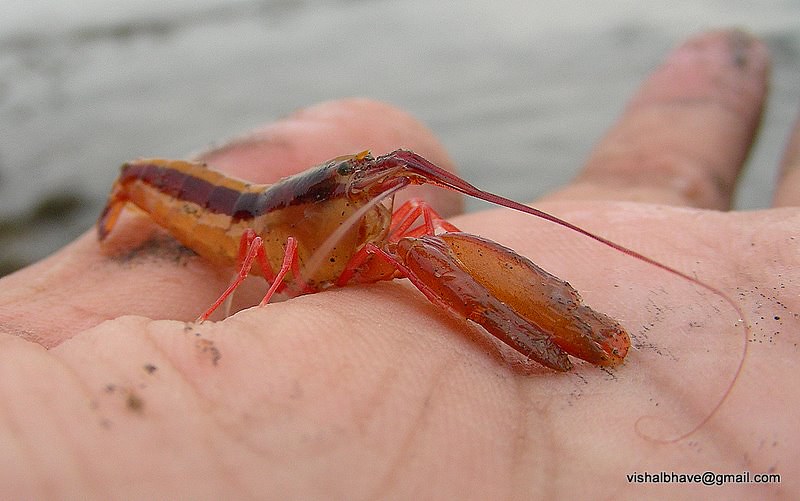
The pistol shrimp has one of the loudest snaps in the animal world, generated by a specialized claw. It uses this snap to create a cavitation bubble, which reaches temperatures as high as the surface of the sun, stunning or even killing prey. The snap can also be used as a warning to other creatures, effectively deterring predators. Additionally, these shrimp live in burrows, often sharing them with gobies in a mutualistic relationship. Their explosive hunting technique makes them formidable despite their small size.
Sea Cucumber
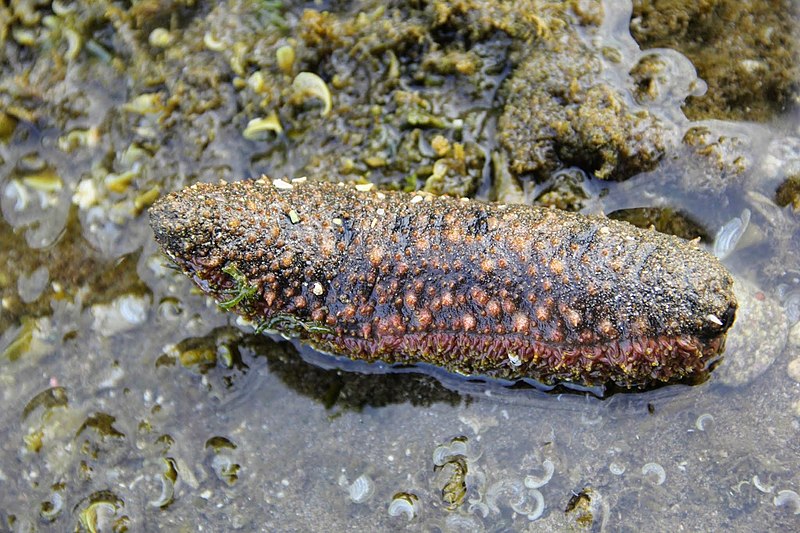
Sea cucumbers have an unusual defense mechanism: when threatened, they can expel their internal organs, distracting predators long enough to escape. These organs regenerate over time, allowing the sea cucumber to survive despite losing critical body parts. They also have unique regenerative abilities, capable of repairing damaged tissues and organs. Additionally, sea cucumbers play a vital role in marine ecosystems by recycling nutrients in the ocean floor. Their ability to sacrifice and regenerate makes them remarkable survivors.
Mimic Octopus

The mimic octopus is an expert at imitating other marine animals, such as lionfish, sea snakes, and flatfish, to avoid predators. By altering its body shape and behavior, it confuses potential threats into thinking it’s a dangerous or unappealing species. This octopus also uses its camouflage abilities to blend in with its surroundings when it chooses not to mimic other animals. Its flexibility in appearance allows it to navigate the dangers of the deep sea with ease. The mimic octopus demonstrates nature’s clever use of deception as a survival strategy.
Honeybee
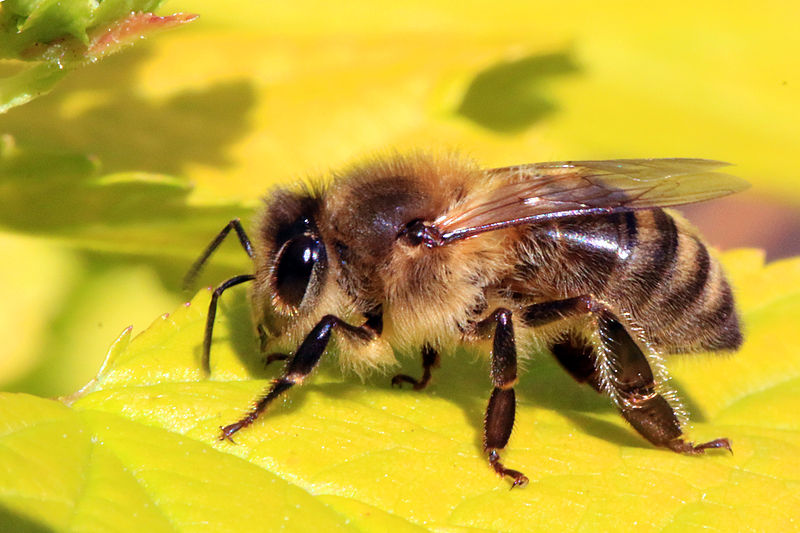
Honeybees not only produce honey but also exhibit impressive survival strategies through their highly organized social structure. When threatened, worker bees will defend the hive by stinging intruders, even though this results in their death. They also communicate the location of food sources through a sophisticated “waggle dance” that conveys distance and direction. During cold weather, honeybees cluster together to maintain warmth and ensure the queen’s survival. Their collective behaviors are key to their success as a species.
Giant Squid
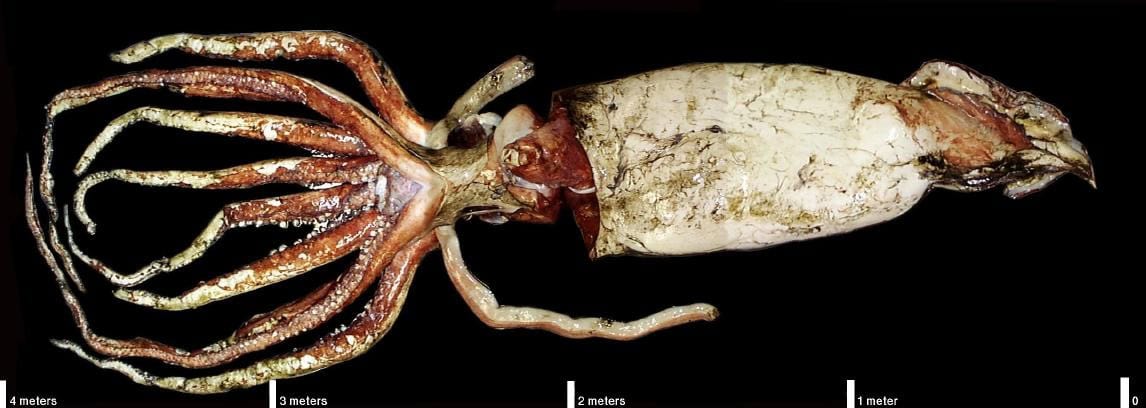
The giant squid, one of the ocean’s most elusive creatures, uses its massive size and specialized anatomy to evade predators. It possesses large eyes that allow it to see in the deep ocean, where light is scarce. These squids can release clouds of ink to obscure themselves and confuse attackers, such as sperm whales. Their tentacles are lined with powerful suckers that help them capture prey with precision. Despite their rarity, the giant squid’s adaptations make them efficient hunters and survivors.
Antlion
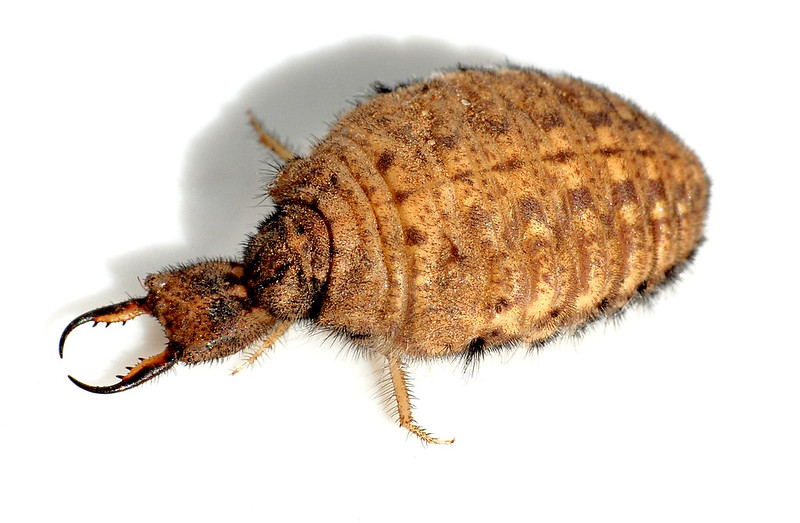
Antlions are fascinating insects known for their clever hunting techniques. The larvae dig conical pits in sandy areas, waiting at the bottom for unsuspecting insects to fall in. When prey slides into the trap, the antlion flicks sand to prevent escape and then drags the victim underground to consume it. This ambush strategy is highly efficient and requires little energy from the antlion. The simplicity and effectiveness of their pit traps highlight their remarkable survival skills.
Cuttlefish
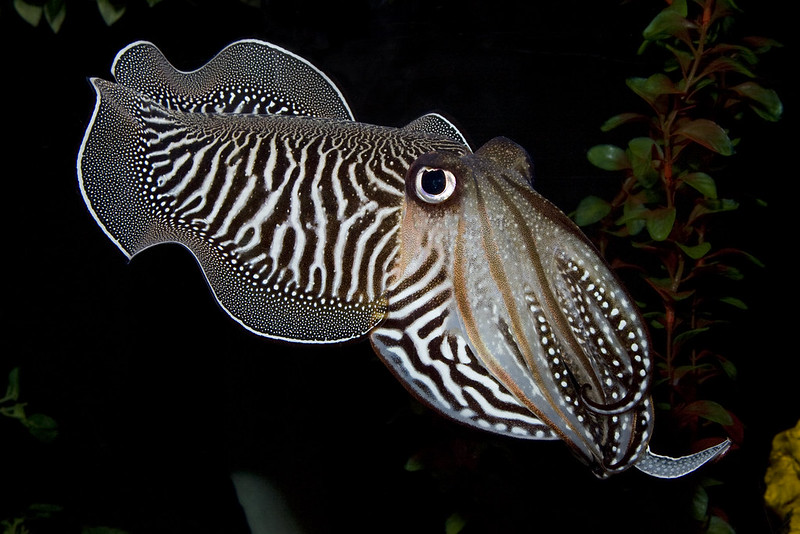
Cuttlefish are masters of camouflage, capable of changing their skin color and pattern in an instant to match their surroundings. They use this skill not only for hiding from predators but also to communicate with other cuttlefish and to hunt prey. Cuttlefish can also squirt ink to create a smokescreen for a quick escape. Their intelligence rivals that of octopuses, allowing them to solve puzzles and navigate complex environments. The cuttlefish’s versatile adaptations make it a formidable predator in the ocean.
This article originally appeared on Rarest.org.
More From Rarest.Org
In a world increasingly dominated by mass production and technology, the art of handcrafting remains a treasured link to our cultural heritage. Across the globe, there are rare skills that have been carefully preserved and passed down through generations, each requiring precision, patience, and a deep understanding of materials. Read more.
Birds of prey, also known as raptors, are some of the most captivating creatures in the animal kingdom. With their sharp talons, powerful beaks, and keen eyesight, these birds are masterful hunters, dominating the skies with grace and precision. Read more.



